The transformation of a caterpillar into a butterfly is one of nature’s most fascinating processes. Known as metamorphosis, this complex journey involves several stages, each marked by significant changes. Let’s delve into the incredible facts about this transformation.
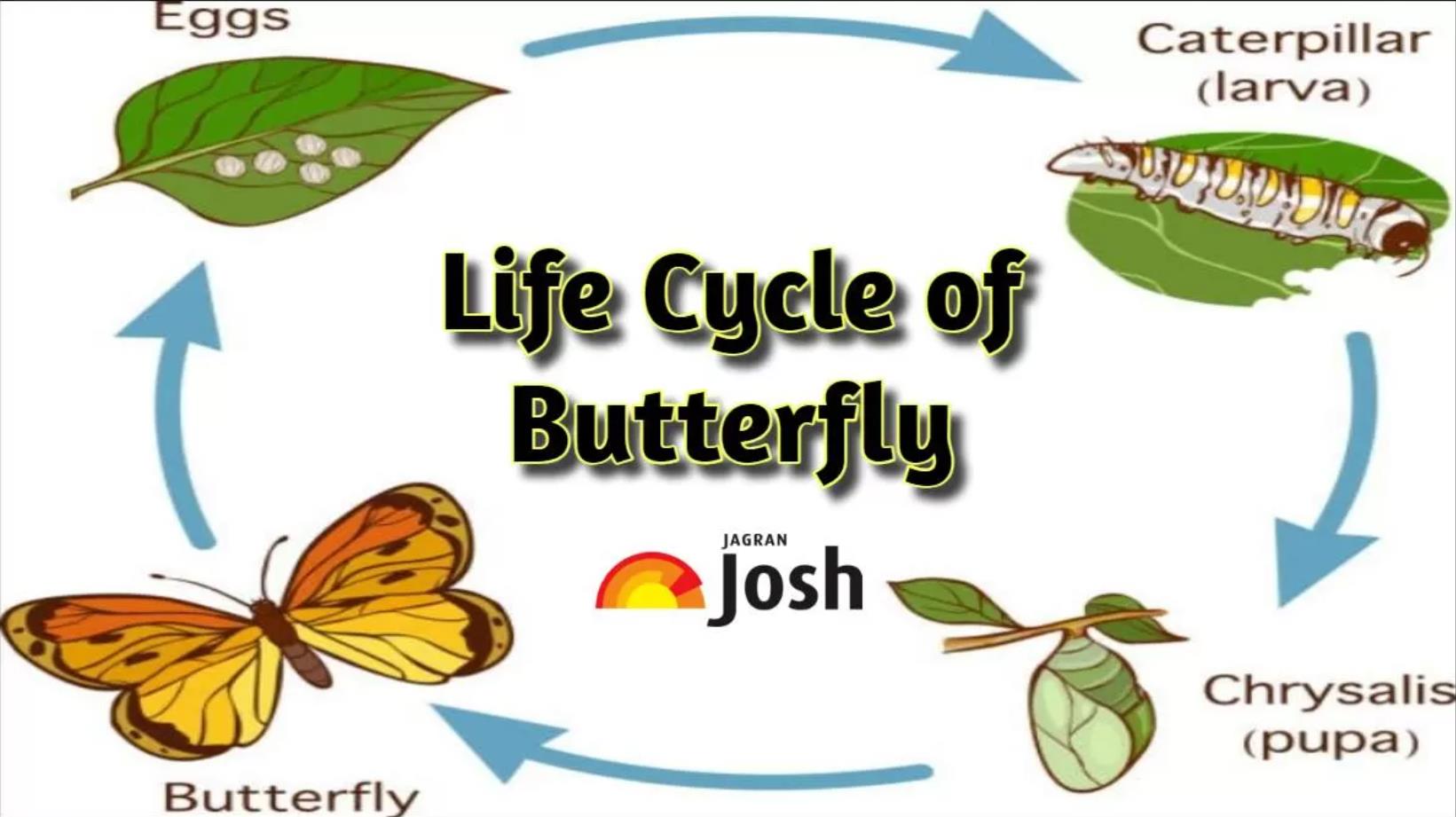
The Lifecycle of a Butterfly
Butterflies undergo a process called complete metamorphosis, which consists of four distinct stages: egg, larva (caterpillar), pupa (chrysalis), and adult. This lifecycle ensures that the insect can grow, develop, and reproduce efficiently.
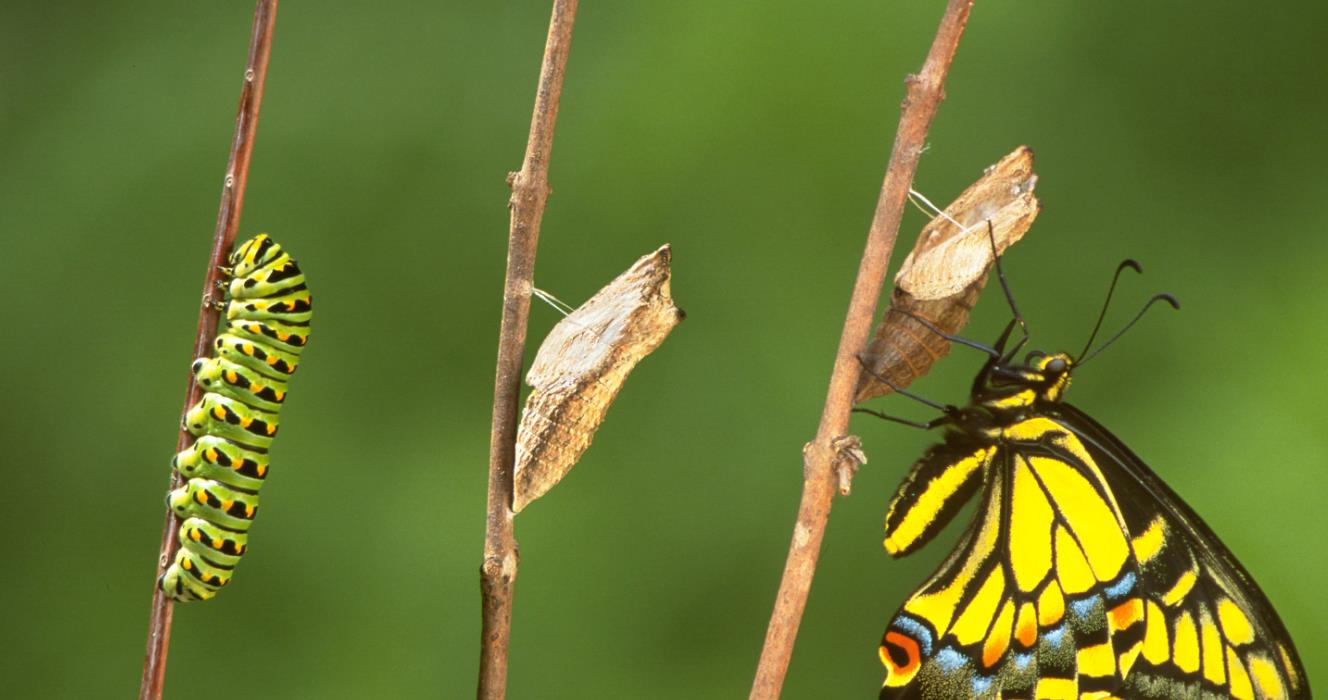
Stage 1: Egg
The lifecycle begins when a female butterfly lays eggs on a plant. These eggs are often laid in clusters to increase the chances of survival. Depending on the species, eggs can be laid in spring, summer, or fall. The plant chosen by the female will serve as the food source for the hatching caterpillars.
Stage 2: Larva (Caterpillar)
Once the eggs hatch, the larvae emerge as caterpillars. This stage is primarily about feeding and growth. Caterpillars are voracious eaters, consuming large amounts of leaves to store energy for their later stages. As they grow, they shed their skin multiple times, a process known as molting. Remarkably, a caterpillar can increase its body size by up to 100 times during this stage.
Stage 3: Pupa (Chrysalis)
When the caterpillar has eaten enough and is fully grown, it forms a pupa, also known as a chrysalis. This stage can last from a few weeks to several months, depending on the species. Within the chrysalis, the caterpillar undergoes a dramatic transformation. Its body breaks down into a nutrient-rich soup, which is then reorganized into the adult butterfly’s structures, such as wings, legs, and antennae.
Stage 4: Adult Butterfly
The final stage is the emergence of the adult butterfly. This stage is focused on reproduction. Adult butterflies have long legs, compound eyes, and large, colorful wings. They feed on nectar from flowers, which provides the energy needed for mating and laying eggs. Most adult butterflies live for only one to two weeks, although some species can hibernate and live for several months.
The Science Behind Metamorphosis
Metamorphosis is a highly sophisticated process controlled by hormones. The primary hormones involved are ecdysone and juvenile hormone (JH). Ecdysone triggers molting and the progression to the next stage, while JH maintains the larval state. As the caterpillar grows, the levels of JH decrease, allowing the transition to the pupal stage. The final molt occurs when JH levels are nearly zero, resulting in the emergence of the adult butterfly.
Imaginal Discs
Even in the larval stage, certain groups of cells called imaginal discs are present. These discs are pre-programmed to form specific adult structures. During the pupal stage, these discs rapidly divide and differentiate, using the nutrients from the dissolved larval body to form the adult butterfly.
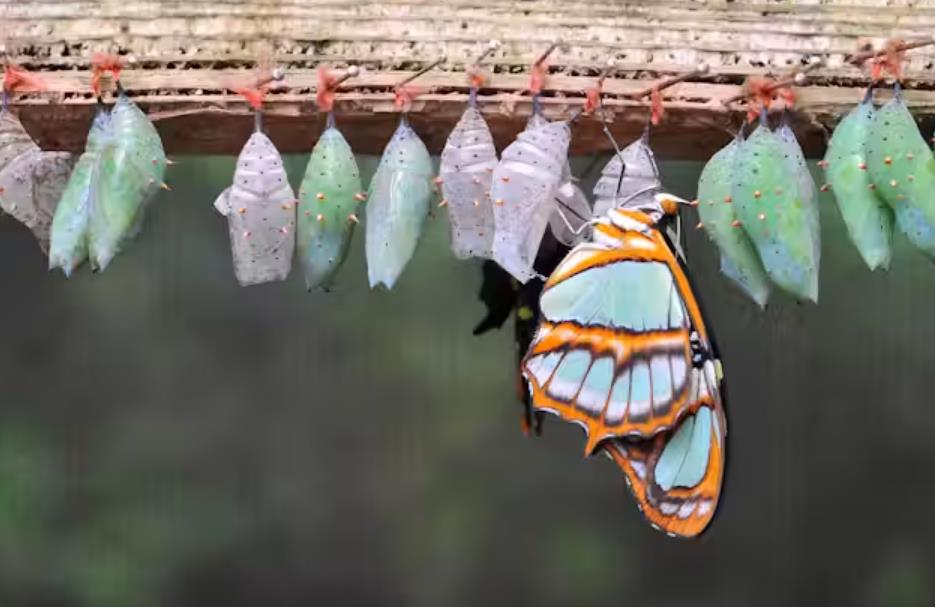
Differences Between Caterpillars and Butterflies
Caterpillars and butterflies are remarkably different in appearance and behavior:
- Feeding: Caterpillars chew leaves with strong jaws, while butterflies sip nectar with a proboscis.
- Mobility: Caterpillars crawl on stubby legs, whereas butterflies fly with large wings.
- Reproduction: Caterpillars are sexless, but butterflies are either male or female and can mate.
- Vision: Caterpillars have simple eyes that see in black and white, while butterflies have compound eyes that see in color.
- Antennae: Caterpillars have small antennae for finding food, while butterflies have larger antennae for locating flowers and mates.
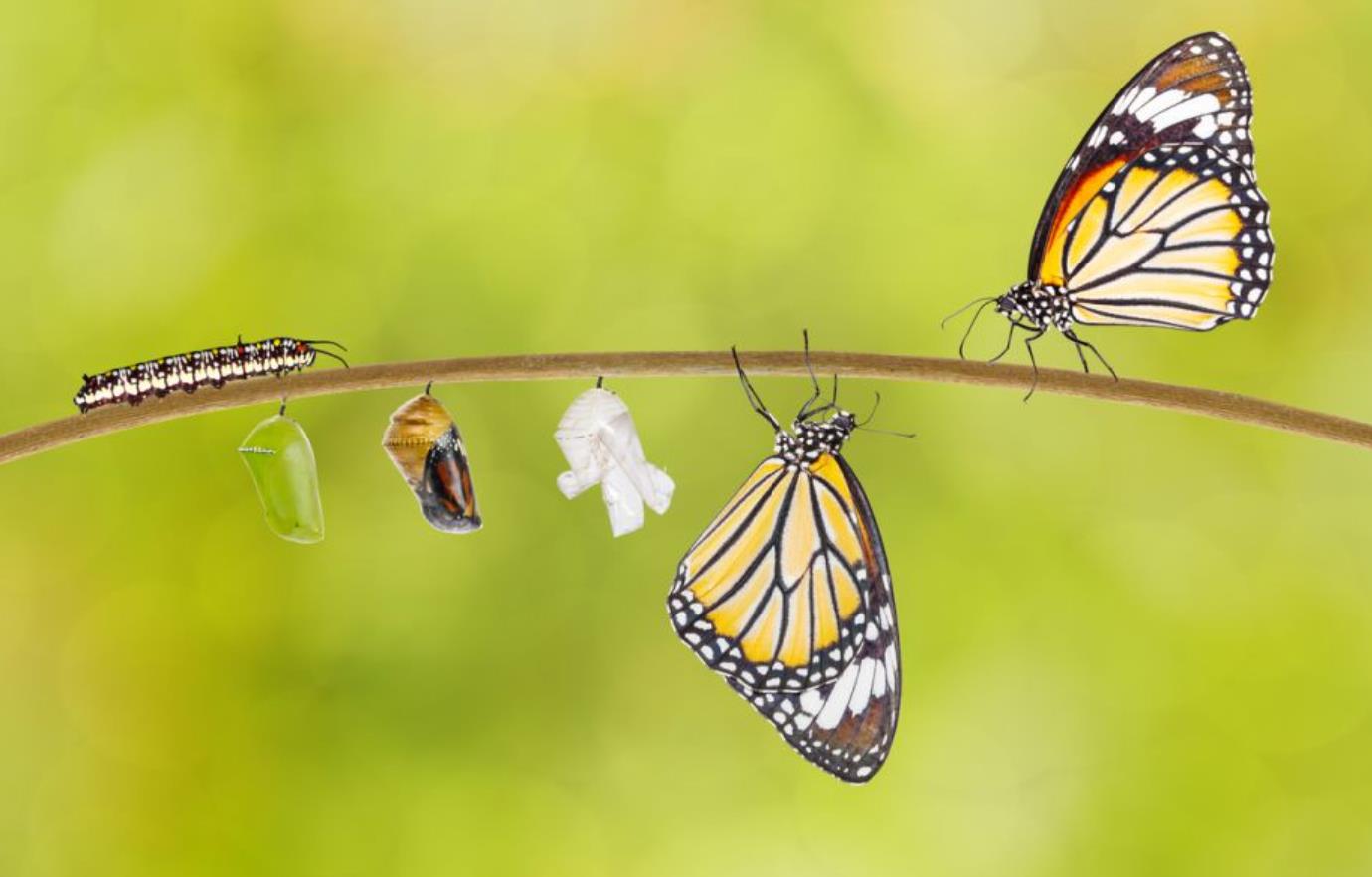
The Purpose of Metamorphosis
Metamorphosis allows butterflies to exploit different ecological niches during their lifecycle. Caterpillars and butterflies do not compete for the same resources, as caterpillars feed on leaves and butterflies on nectar. This separation reduces competition and increases the chances of survival for both stages.
Fascinating Facts
- Growth: A monarch butterfly caterpillar grows from the size of a pinhead to about 2 inches in a few weeks.
- Survival: Some pupal stages can last up to two years, allowing the insect to survive adverse conditions.
- Memory: Studies suggest that butterflies can remember experiences from their caterpillar stage.
How do different species of butterflies adapt to their environments during metamorphosis
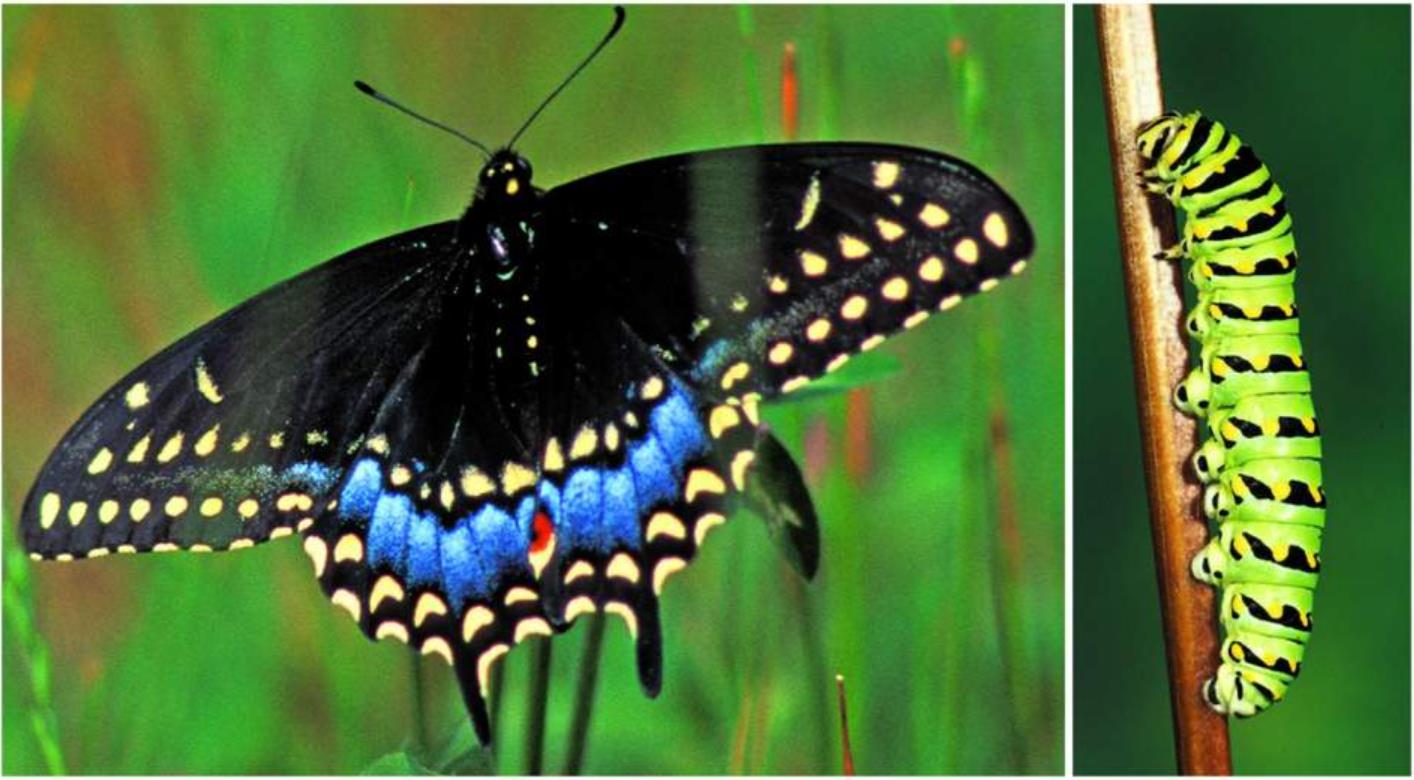
Different species of butterflies have evolved various adaptations during their metamorphosis to survive and thrive in their specific environments. These adaptations occur across the different stages of their lifecycle, from egg to caterpillar to pupa to adult. Here’s an overview of how different butterfly species adapt during metamorphosis:
Egg Stage Adaptations
- Camouflage: Many butterfly species lay eggs that blend in with the host plant, making them difficult for predators to spot.
- Protective Coatings: Some species coat their eggs with waxy substances to protect them from desiccation or parasites.
- Timing: Butterflies often time their egg-laying to coincide with the availability of food plants for caterpillars.
Caterpillar Stage Adaptations
- Feeding Specialization: Caterpillars of different species have evolved to feed on specific host plants, with mouthparts and digestive systems adapted to their particular diet.
- Camouflage: Many caterpillars have coloration and patterns that help them blend in with their host plants.
- Defensive Structures: Some species develop spines, hairs, or toxic compounds to deter predators.
- Behavioral Adaptations: Certain caterpillars may hide during the day, roll leaves for shelter, or even mimic other objects like bird droppings.
Pupal Stage Adaptations
- Cryptic Coloration: Chrysalises often resemble leaves, twigs, or bark to avoid detection by predators.
- Diapause: Some species can enter a state of dormancy during unfavorable conditions, allowing them to survive harsh winters or dry seasons.
- Location Selection: Pupae may be suspended from plants, hidden in leaf litter, or even buried underground, depending on the species and its environment.
Adult Stage Adaptations
- Wing Coloration: Adult butterflies have evolved a wide range of wing patterns and colors for camouflage, warning signals, or mate attraction.
- Thermoregulation: Some species can adjust their wing position to regulate body temperature, allowing them to fly in cooler conditions.
- Habitat Selection: Different species have adapted to various habitats, from forests to grasslands to urban areas.
- Migration: Some butterfly species, like monarchs, have developed the ability to migrate long distances to avoid unfavorable seasonal conditions.
Environmental Adaptations
- Climate Change Response: Some butterfly species are showing adaptations to climate change, such as shifting to cooler habitats or altering their life cycles.
- Microclimate Utilization: Butterflies may move between sunny and shaded areas to regulate their body temperature and activity levels.
Species-Specific Examples
- Monarch Butterflies:
- Caterpillars feed exclusively on milkweed, storing toxins that make them unpalatable to predators.
- Adults undertake long-distance migrations, adapting to various climates along their route.
- Swallowtail Butterflies:
- Some species have caterpillars that mimic snake heads to deter predators.
- Adults have evolved tails on their hindwings that may deflect predator attacks away from vital body parts.
- Morpho Butterflies:
- Their bright blue coloration is a result of light-scattering scales, which can dazzle predators.
- Caterpillars are often camouflaged to resemble leaves.
- Glasswing Butterflies:
- Have evolved transparent wings that make them nearly invisible to predators.
In conclusion, the adaptations of butterflies during metamorphosis are diverse and tailored to each species’ specific environmental challenges. These adaptations showcase the remarkable ability of butterflies to evolve and survive in various habitats, demonstrating nature’s ingenuity in the face of environmental pressures.
The transformation from caterpillar to butterfly is a marvel of nature, showcasing the complexity and efficiency of biological processes. This metamorphosis not only allows for significant physical changes but also ensures that each stage of the insect’s life is optimized for survival and reproduction. Understanding this process provides insight into the intricate workings of the natural world and the delicate balance that sustains it.
